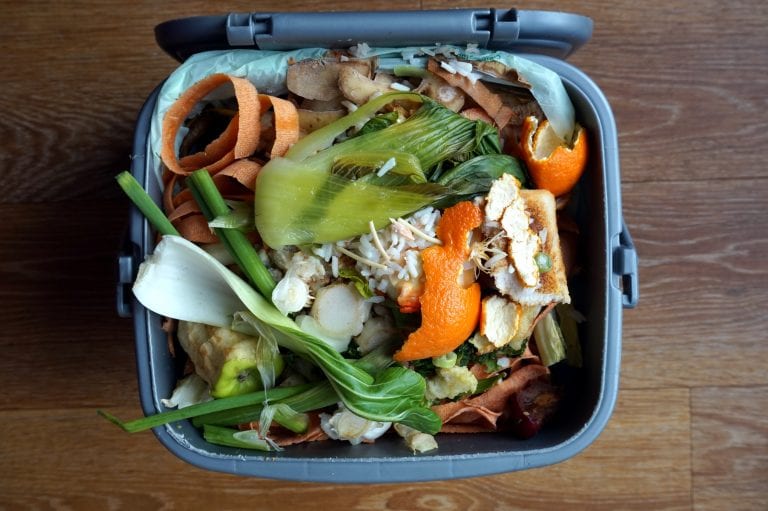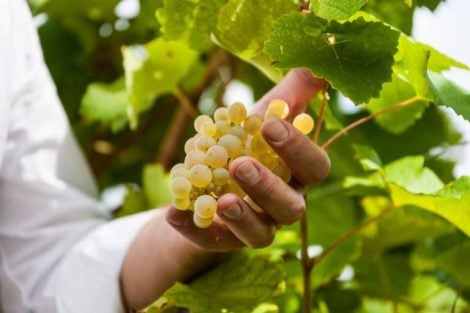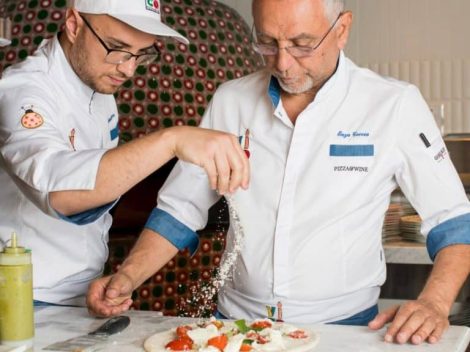Since 2014, 5 February has been the National Food Waste Prevention Day, and since last year it has been sponsored by the Ministries of the Environment and Health. The 2021 edition does not leave out current hot topics and focuses on the pandemic-induced habit changes of Italians; it does not fail to talk about the commitments made at international level as well, starting with the 17 Sustainable Development Goals as part of the UN 2030 Agenda, which includes halving food waste.
Food waste in 2020
In its annual report, the Waste Watcher International Observatory on Food and Sustainability highlights how the fight against food waste has decreased in the year of the pandemic. This was also thanks to lifestyle changes as a result of the restrictions imposed by the health emergency, flexible working above all, and a new relationship with food and cooking. Last year, Italian households have witnessed a substantial reduction by 25%, and overall in the country was wasted 1,661,107 tons of food (27 kg per person, of which only 1 of bread) with a reduction of over 222,000 tons. The most wasted foods are the perishables: fruit and vegetables above all (about 2 kilos per year), the wasting is concentrated in the south and in families with children.
Food waste is a bad habit that concerns us all. Everyone can help to fight it by following a few simple rules.
10 ways to reduce food waste
- Shop wisely: buy only what you need and plan to consume. Limit your stocks to non-perishable products only, do not be seduced by discounted products you do not really need, check food labels for ingredients and the “use-by” date.
- Buy fresh and seasonal products directly from the producer: this way, you will have produce that has been harvested recently and has undergone fewer passages and transportation, resulting in a longer shelf life. In addition, fresh produce tastes better, smells better, is rich in vitamins, more tender and generally has less waste. There are a number of projects that give ugly produce a second life, that otherwise risks remaining unsold on the shelves of the large-scale retail trade: Bella Dentro, for example, rescues and sells fruit and vegetables that are unattractive for traditional retailers.
- Store food properly: the products will last longer. If you are not sure, here is a little help.
- Keep your pantry tidy: consume the most perishable foods first and always store or move the ones with the shortest expiry date to the front. The "best before" date relates to food quality and not to food safety, so it does not mean that the product will inevitably expire; before throwing it away, check if the product is still edible.
- Broth: tasty recipes can be made using all the parts of the products, such as the outer and leathery leaves of vegetables, meat carcasses, heads and fish bones. Just think of a seafood risotto: if prepared with a good broth, it will be flavoursome without adding anything else.
- Learn to cook every part of the products: even the less noble ones to make stocks, broths, soups (according to the long tradition of popular cuisine), discovering that what we consider waste parts just need – perhaps, but not always – to be cooked differently. If you don't know where to start, there are many cookbooks on the subject, after all cooking with scraps is a very popular topic. One example? The green tops of spring onions are perfect for cooking frittatas or omelettes, while cabbage leaves can be prepared as turnip greens, the outer leaves of salad are good cooked, and potato skins are great fried as snacks. A world opens up about peels, not to mention that they are rich in nutritional values.
- It's never too little. If you have a product in small quantities, make it the ingredient for a more complex recipe: if the vegetables are not enough as side dish, they can be used as filling for a quiche or in a vegetarian pasta sauce.
- Don't cook too much and don't throw away leftovers. If you have prepared too much food, think about giving your dishes a second life – Italian cuisine has a great many leftover recipes. Bread is one of the main ingredients, but not only. But there's nothing stopping you from using your imagination.
- At restaurants, ask for a doggy bag and take home what you haven't eaten.
- Ask for help from technology: there are many apps that "rescue" still edible food, whether it be on sale in large-scale distribution – an example is Bestbefore, which offers discounted prices on expiring or unsold products – in coffee shops and restaurants such as Too Good to Go, or Bring the Food, created to donate surplus food to those in need, involving in the last year restaurateurs as well.


 Non-alcoholic wines? Call them what you want, but they’re still a derivative of wine.” An Interview with Martin Foradori
Non-alcoholic wines? Call them what you want, but they’re still a derivative of wine.” An Interview with Martin Foradori The 8 best Trentodoc wines chosen by Gambero Rosso
The 8 best Trentodoc wines chosen by Gambero Rosso A Piedmont wine enters the top ten of Wine Spectator's "Top 100"
A Piedmont wine enters the top ten of Wine Spectator's "Top 100" Sparkling wines surpass still wines in Italian out-of-home consumption. Most popular during the aperitif
Sparkling wines surpass still wines in Italian out-of-home consumption. Most popular during the aperitif American Barbecue wins a Michelin star for the first time in history
American Barbecue wins a Michelin star for the first time in history






